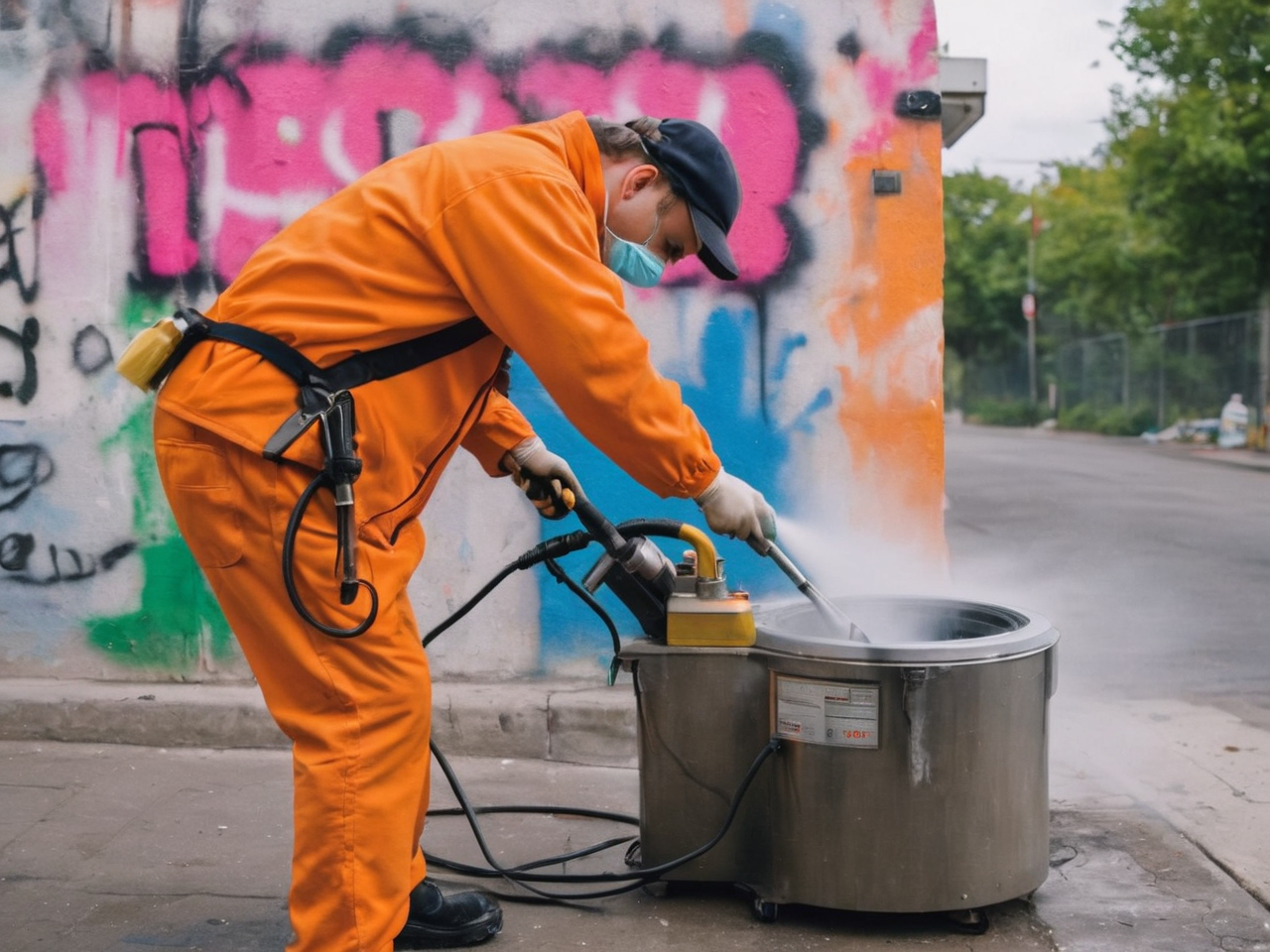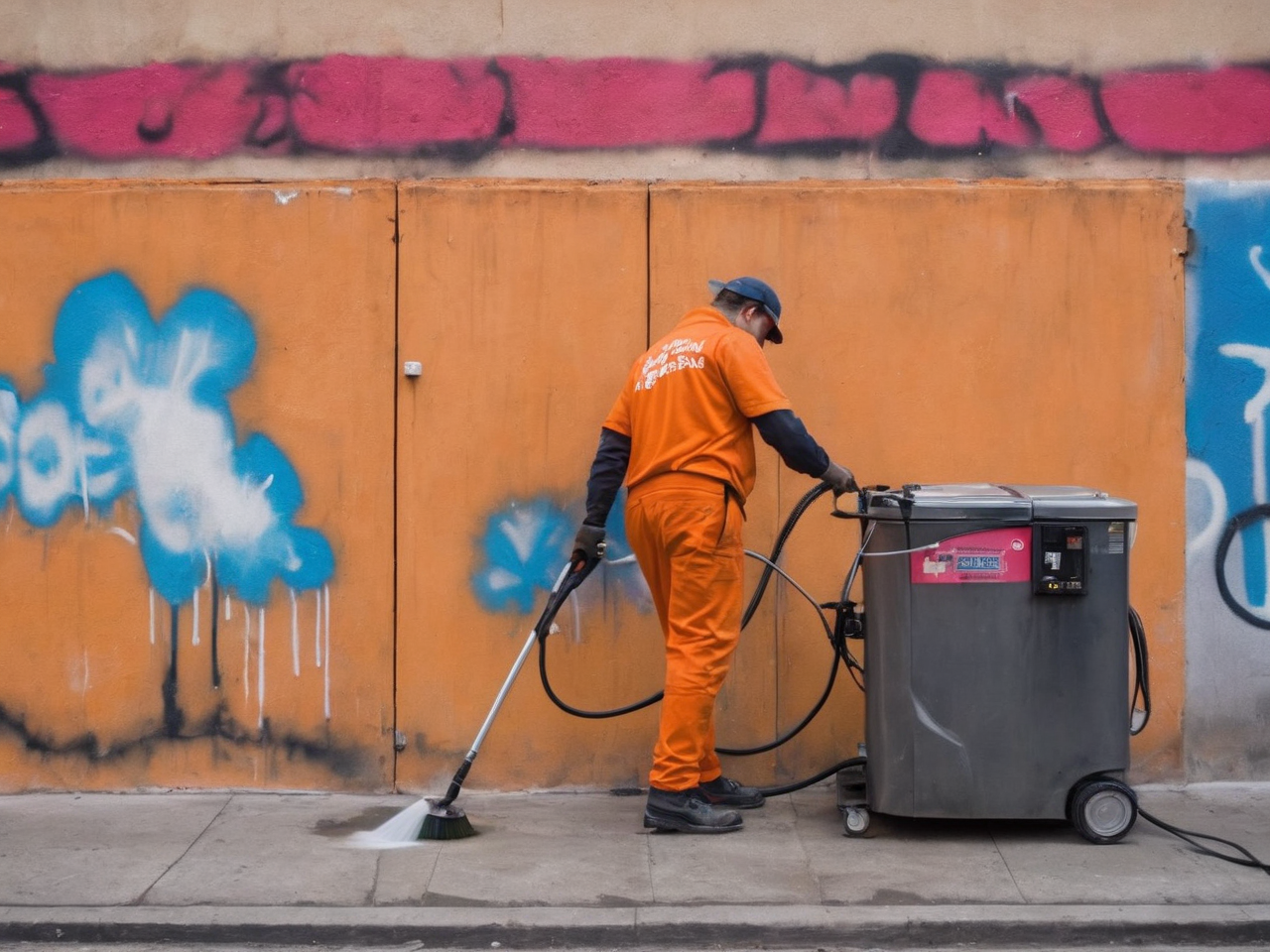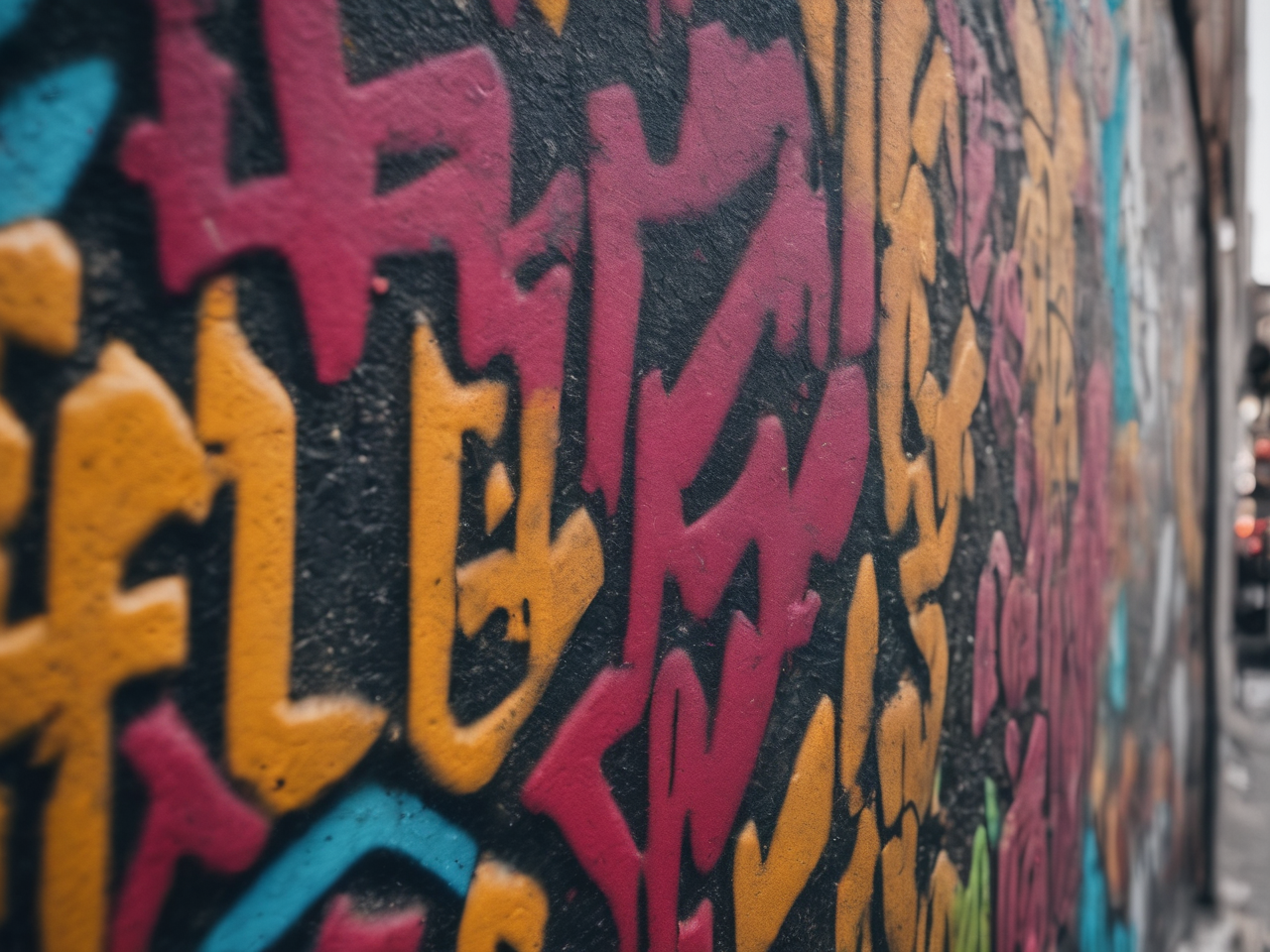
Unveiling the Art of Graffiti Removal: Expert Techniques and Strategies
by Alfredo Mendoza, onGraffiti Removal , September 23, 2023

by Alfredo Mendoza, onGraffiti Removal , September 23, 2023
While graffiti can captivate as a form of expression, it can take an unfortunate turn when it defaces public spaces or private property, shifting from art to vandalism. We’re here to guide you through the intricate journey of eliminating unwanted graffiti, equipping you with the knowledge and methods required to restore surfaces to their pristine condition. Within the comprehensive contents of this blog post, we will explore an array of graffiti removal expert techniques, the essential tools of the trade, and best practices, all designed to empower you to confidently confront this urban challenge.
Graffiti removal is a multifaceted endeavour that requires a combination of expertise, patience, and the right tools. The first step in this battle is understanding the different types of graffiti that may assail your surfaces. These may include spray paint, permanent markers, stickers, and even etchings on glass or metal. Each type demands a tailored approach for successful removal.
Before diving into the removal process, identify the type of graffiti you’re dealing with. Spray paint, the most common form, can vary in composition, making it crucial to discern whether it’s oil-based or water-based. This distinction informs your choice of solvents and removal methods.
Professionals often use advanced techniques and equipment to remove graffiti efficiently. They have access to specialized solvents and tools designed for different graffiti types. Their expertise allows them to choose the most effective removal method while minimizing damage to the underlying surface. Professionals are also well-versed in safety procedures to protect both themselves and the environment during graffiti removal.

When dealing with spray paint graffiti, it’s essential to act swiftly to prevent deeper penetration. Begin by applying a graffiti remover or solvent directly to the affected area. Solvents containing acetone or xylene are often effective in breaking down paint pigments. Ensure you follow the manufacturer’s instructions for safe and effective use.
Determining the most effective graffiti remover depends on the type of graffiti and the surface material. For spray paint graffiti, solvents containing acetone or xylene are often highly effective. Water-based graffiti can be removed with mild detergents or water-based graffiti removers. When dealing with permanent markers, acetone or rubbing alcohol may be the best choice. Always consider the specific situation and choose the appropriate remover accordingly.
When dealing with permanent marker graffiti, it’s essential to act swiftly to prevent deeper penetration. Begin by applying a graffiti remover or solvent directly to the affected area. Solvents containing acetone or xylene are often effective in breaking down paint pigments. Ensure you follow the manufacturer’s instructions for safe and effective use.
For permanent marker graffiti, opt for a solvent that can dissolve the ink without damaging the surface. Acetone or rubbing alcohol often works well. Apply the chosen solvent to the graffiti and let it sit for a few minutes. This allows the solvent to break down the ink’s bond with the surface.
The removal and prevention of graffiti vandalism are interconnected. Effective removal techniques can discourage vandals by ensuring their graffiti doesn’t remain visible for long. Simultaneously, taking proactive steps to prevent graffiti, such as applying anti-graffiti coatings or community engagement, reduces the likelihood of future vandalism. Together, removal and prevention create a strategy to combat graffiti’s impact on our communities.
Stickers and adhesive graffiti can leave behind an unsightly residue even after the sticker itself has been removed. This sticky situation requires careful handling to ensure a clean surface.
Begin by peeling off as much of the sticker as possible using your fingers or a plastic scraper. Be cautious not to scratch or damage the underlying surface. If residue remains, apply a mild solvent, such as rubbing alcohol or white vinegar, to dissolve the adhesive.
Use a cloth or sponge to gently rub the affected area, working in a circular motion. Continue until the residue is completely removed. Rinse the area with water and pat it dry with a clean cloth.

Etched graffiti, often found on glass and metal surfaces, poses a unique challenge due to its permanent nature. These markings are typically created by scratching the surface, making removal a delicate process.
Before attempting to remove etched graffiti, assess the extent of the damage. In some cases, the scratches may be too deep to completely eliminate, and the best course of action may be to replace the affected surface.
If the damage is superficial, you can attempt to remove the graffiti by polishing the surface with a specialized glass or metal polish. Follow the manufacturer’s instructions carefully and use a soft cloth to avoid further scratching.
Once you’ve successfully removed graffiti, it’s essential to take preventive measures to deter future vandalism. Consider applying anti-graffiti coatings to surfaces prone to graffiti attacks. These coatings create a protective barrier that makes it easier to remove graffiti in the future.
Additionally, encourages community involvement in graffiti prevention efforts. Educate residents and businesses on the importance of reporting graffiti promptly and cooperating with local authorities to identify vandals.
As responsible citizens, it’s crucial to consider the environmental impact of graffiti removal. Many products contain chemicals that can harm the environment if not disposed of properly.
Always follow local regulations for the disposal of graffiti removal products, and choose eco-friendly options whenever possible. Look for products that are biodegradable and safe for use in sensitive areas.
In cases where graffiti is extensive or removal seems too daunting, it’s wise to consider professional graffiti removal services. These experts have the knowledge, experience, and equipment to handle even the most challenging graffiti situations.
In conclusion, graffiti removal is a complex but achievable task when armed with the right knowledge and techniques. Understanding the type of graffiti you’re dealing with, choosing the appropriate removal method, and taking preventive measures are key to a graffiti-free future.
With patience, diligence, and a commitment to preserving our public spaces, you can make a significant impact in the ongoing battle against graffiti vandalism. Remember, it’s not just about erasing graffiti; it’s about restoring the beauty and integrity of our communities.
Now, armed with this expert knowledge, go forth and keep our public spaces clean and free from graffiti vandalism!